You can contact LEARNZ, part of CORE Education, at:
Postal Address:
PO Box 13 678,
Christchurch 8141,
New Zealand
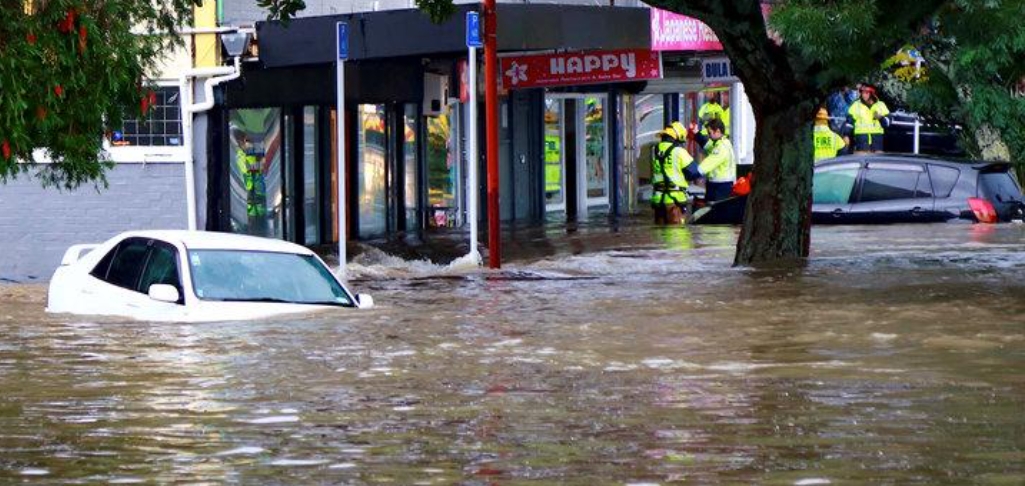
When rainwater falls onto hard, sealed surfaces such as roofs, roads, footpaths, and driveways it cannot soak into the ground. Instead, it runs over and off these surfaces. This runoff is called stormwater.
When rain falls onto surfaces like lawns and gardens, some of it soaks into the soil to become groundwater. This is because theses surfaces are permeable, meaning water can soak through them.
Surfaces such as roads, roofs, and footpaths are impermeable, meaning water cannot soak through them. Rainwater will flow over these surfaces to become stormwater.
In towns and cities there are a lot of solid surfaces and therefore a lot of stormwater. This stormwater needs to be collected so it doesn’t cause flooding and erosion. Most stormwater is directed into an underground stormwater network of drains and pipes. Manhole covers and grates you might have seen on roads lead into this system. Streams and open stormwater channels are also important pathways for stormwater.
This stormwater network empties into our rivers, streams, lakes, and harbours at selected points. Unlike wastewater, stormwater does not get treated.
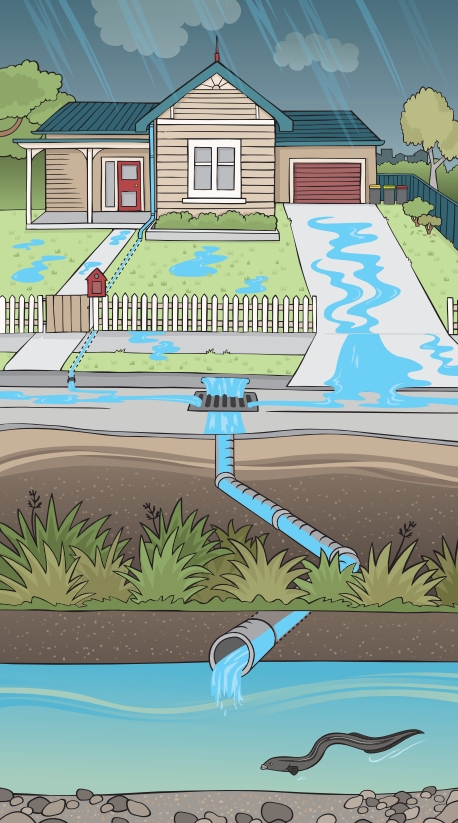
Knowing about stormwater is important because it is a lot of water that can quickly become polluted. As stormwater runs over rooftops, roads, car parks and industrial sites, it picks up pollutants such as animal waste, dust, rubber, petrol, oil, lead, and other metals or materials left behind on city roads. People can also directly cause pollution by pouring waste such as paint and oil down stormwater drains, littering, or by washing their cars on the road or driveway.
Remember, stormwater is not treated or ‘cleaned’ in any way, so all these things can pollute stormwater as it travels though the stormwater network and into streams, rivers, and estuaries. This can harm plant and animal life and affect the health of people using these waterways for recreation and food gathering.
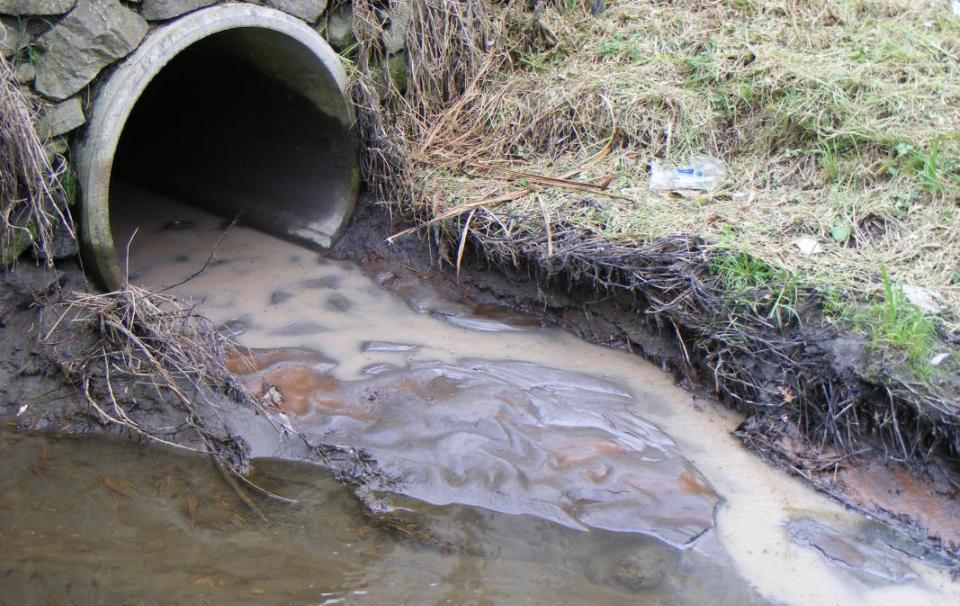
Only water should go down the drain.
Here are some tips to reduce stormwater pollution and overflows.
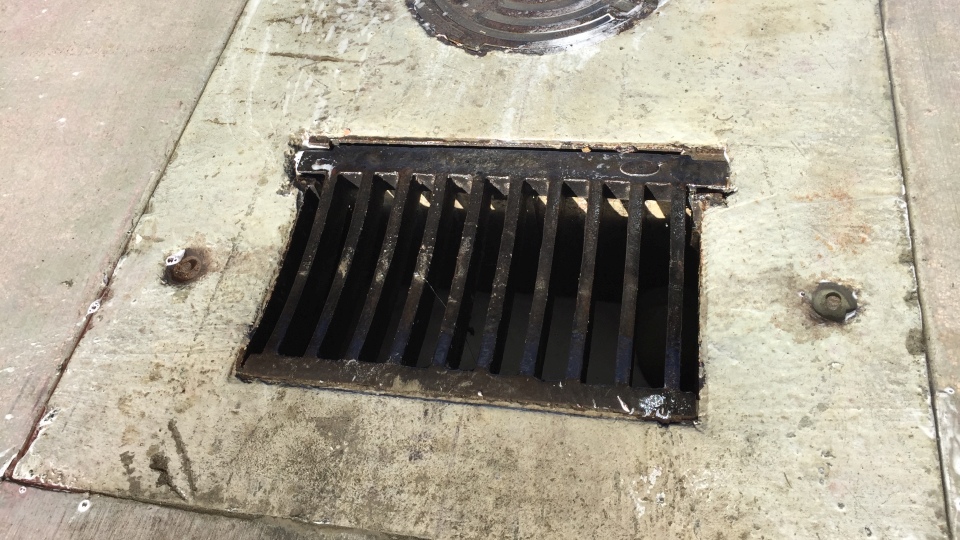
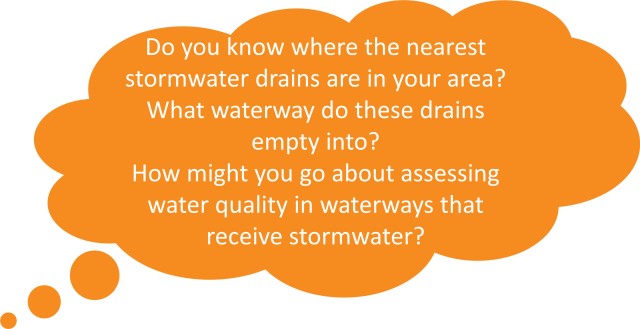
Try the stormwater quiz.
Wet weather overflows – read about how stormwater can overload public wastewater pipes.